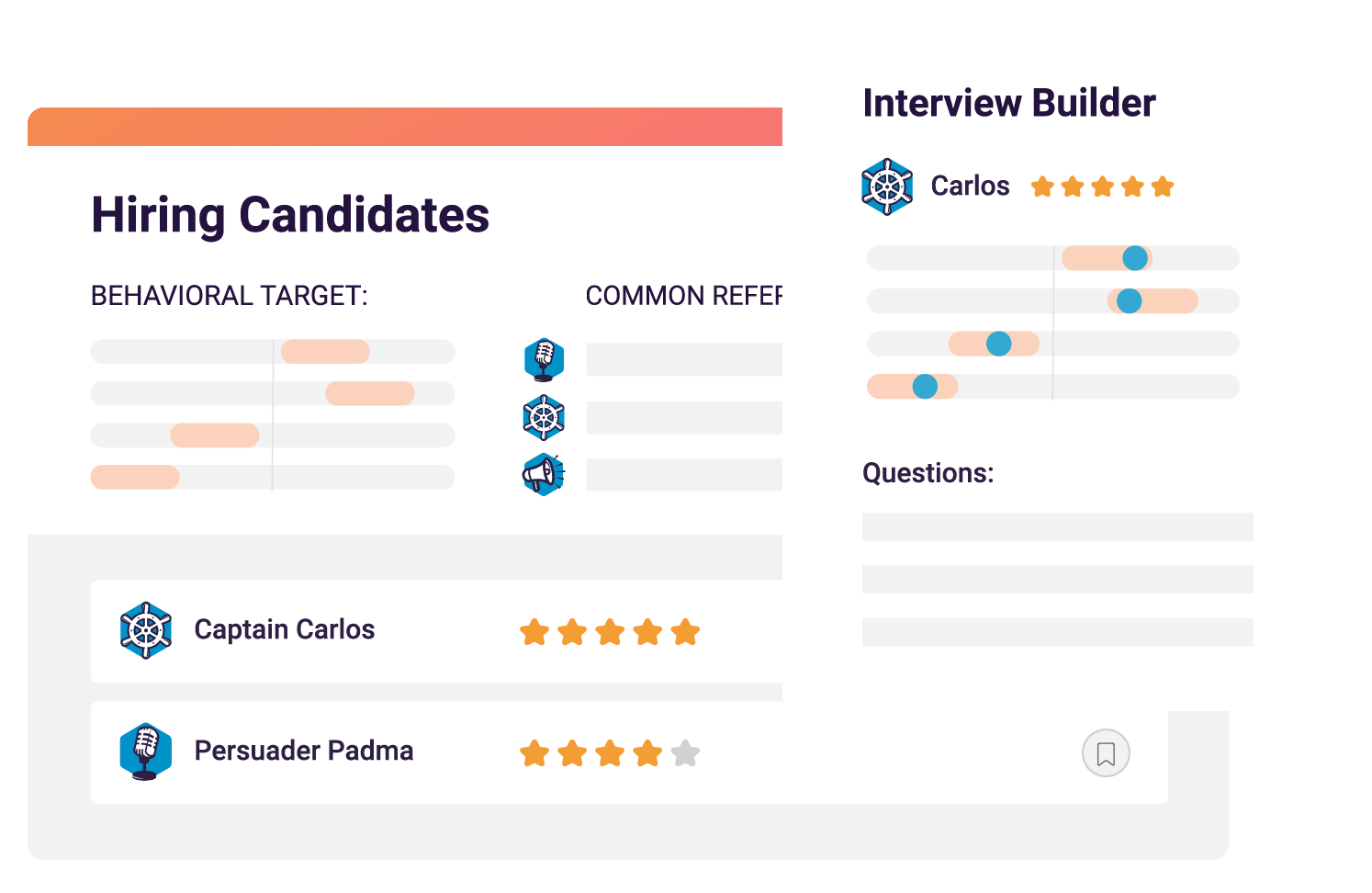I’ve never found comfort in labels, never wanting to be “just” anything: not just a woman, not just bipolar, not just a millennial. Not just another person sitting in traffic on her way to her corporate job.
When I interviewed with The Predictive Index (PI) and had my behavioral pattern readback, I was hesitant to accept that a clearly-defined label would hang over my head as I walked around the office, or that the work I produced would be watermarked with a pattern. I wanted to be special, not just someone whose innate self aligned neatly with four points on a graph.
And yet, I’m proud to say that I’m Allie, Program Manager, Global Channels at PI, and I’m an Analyzer.
Before we dive in, try the PI Behavioral Assessment for free and find out what your Reference Profile is.
Since joining in the summer of 2016, my role at PI has changed drastically. Initially hired to work as a candidate sourcer with some project work here and there, I’ve quickly grown into a full-blown program manager, overseeing projects related to system implementation, digital and print marketing, candidate sourcing strategy, and onboarding for our global network of PI Certified Partners. No one day is the same, and it’s up to me to develop project plans and initiate and implement the changes needed to create an exceptional experience for our Partners and their key staff, from initial outreach to graduation into the PI Global Network.
In a perfect world, I’d drive initiatives forward, do it alone, quickly, and by my own rules and standards. But this is a nuanced business, not the Allie show. And program management requires a high level of collaboration, from coordinating with others, to delegating and trusting subject-matter experts to deliver, to being open to the fact that my way might not be the best way.
“What I’d worked hard to conceal for years would finally be out there for the world to see, good and bad.”
Given the high level of collaboration needed, fundamentally understanding the science behind PI and using the tools available to work best with others takes what could be an overwhelming undertaking and turns it into something manageable and enjoyable.
My behavioral pattern
The PI Behavioral Assessment essentially reveals where you fall on the spectrum of Four Factors:
- Dominance: Dominance is the drive to exert one’s influence on people or events.
- Extraversion: Extraversion is the drive for social interaction with other people.
- Patience: Patience is the drive for consistency and stability.
- Formality: Formality is the drive to conform to rules and structure.
Here’s my pattern:

To the uninitiated, that behavioral pattern may not mean a whole lot, which is where Reference Profiles come in. All behavioral patterns map most closely to one of our 17 Reference Profiles, which gives us a way to paint the picture of someone’s behavioral drives in broad strokes. You can think of these as easy-to-reference groupings of the characteristics of people who have similar drives.
My Reference Profile is an Analyzer
An Analyzer is intense, having high standards, with a disciplined and reserved personality. When it comes to communication, Analyzers are reserved and take the time to process their thoughts, and tend to be direct generalists. Analyzers are imaginative problem-solvers who have a drive to make decisions, but at times, can second-guess those decisions. They are ready and set to initiate action but need all the answers and get all their ducks in a row before taking that risky leap.
I wasn’t sure how I’d feel about my Reference Profile when I first heard I’d be receiving my behavioral pattern read-back. At the very least, I’d feel exposed. What I’d worked hard to conceal for years would finally be out there for the world to see, good and bad. I can be authoritative, but I’d been socialized to believe that I was just bossy. I can work independently, but be seen as closed-off or even smug. I can work quickly, but come off as frenzied. And I can be precise in my work, but sometimes be too hard on myself to the point of walking away.
.jpg)
Analyzer coming through
But that strong need for immediate action and precision can come in handy. In our most recent PI Certified Partner onboarding program, which happened to coincide with peak flu season, I found myself faced with facilitators who were too ill to come into the office. Knowing that the participants were expecting (and deserved) a seamless, logical learning experience, I had to act quickly. I knew the quickest way to accomplish this was to set my need to go it alone aside and pull together a group of subject-matter experts to restructure the schedule for the next day. And we did. The participants experienced a day of learning from PI’s best and brightest, without a clue of the last-minute tumult the night before. But it doesn’t always work out that way.
“My boss, in understanding my Reference Profile, provided me with the feedback I needed to do better next time.”
The dark side of being an Analyzer
No one is as smart as I think I am sometimes, and that can get me into trouble. I often struggle between wanting to be in charge and doing things perfectly, without seeking help from others along the way. Sometimes, I don’t even want to admit that I need help. Often, I lock myself in an office at the last minute, torn between needing to get a task done and getting it done right.
In creating the agenda for our PI Certified Partner onboarding program, I hemmed and hawed over the look and feel of the document that would be in the hands of CEOs and managing partners. It had to rise to the level of perfection these high-powered leaders were used to. Just a few days before the program was to start, I finally had the agenda the way I wanted it. It was clean, easy to read, and beautiful. I was proud of myself for creating something on my own that would be used and admired by people for whom I had tremendous respect. I sent it out for print with enough hubris to decline reviewing and approving a proof.
And then it happened. Two days into the program, one of the partners pointed out several grammatical and scheduling errors in the agenda. All my pride in the look and feel of the document was overshadowed by the feeling of abject horror. I was no longer proud of my work; I was embarrassed by it.
How to work with (and manage) Analyzers
My boss, in understanding my Reference Profile, provided me with the feedback I needed to do better next time. He reminded me that asking for help isn’t a sign of failure, but rather a positive opportunity for collaboration—and wouldn’t I rather be proactive in driving collaboration than reactive and beat myself up over a few errors?
Because Analyzers can be perfectionists with high standards, it’s important to approach managing and working relationships properly. Remember, with Analyzers:
- Give them room; don’t micromanage them. Analyzers like to express and implement their own ideas.
- Don’t pressure Analyzers to make quick decisions. They feel more comfortable when the decision is within their area of expertise or if they can manage the risk involved.
- Bring challenges to Analyzers. They like opportunities to showcase both their expertise and their creative problem solving abilities.
“It’s ok to make mistakes as long as I learn from them.”
In my time at PI, I’ve learned that I’m so much more than just an Analyzer. How I perform my day-to-day duties, collaborate with others, and communicate is up to me. I can innately be driven to work alone, but find value and joy in working with others. I can struggle with wanting to get things done quickly yet perfectly, and still acknowledge that it’s ok to make mistakes as long as I learn from them.
I’m an Analyzer; but in knowing my behavioral drives and needs, and understanding how I may act to express them, I can really be and do anything.









